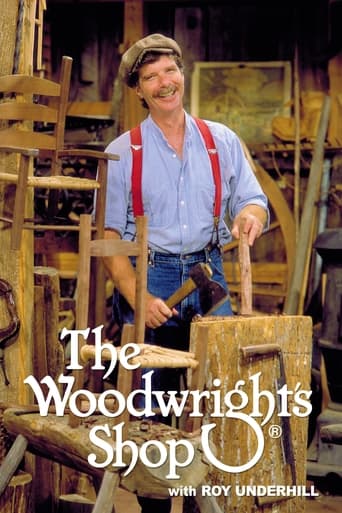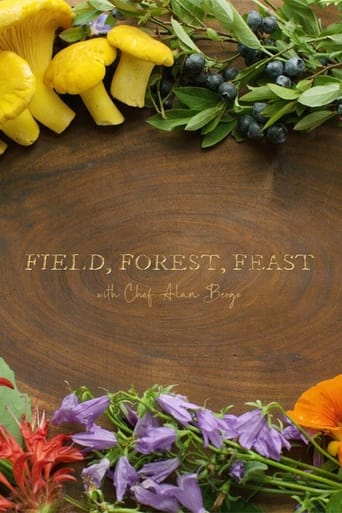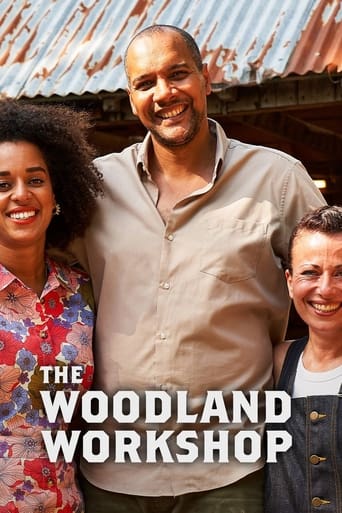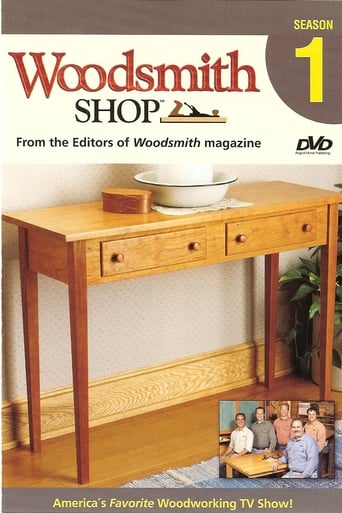The Woodwright's Shop Season 11
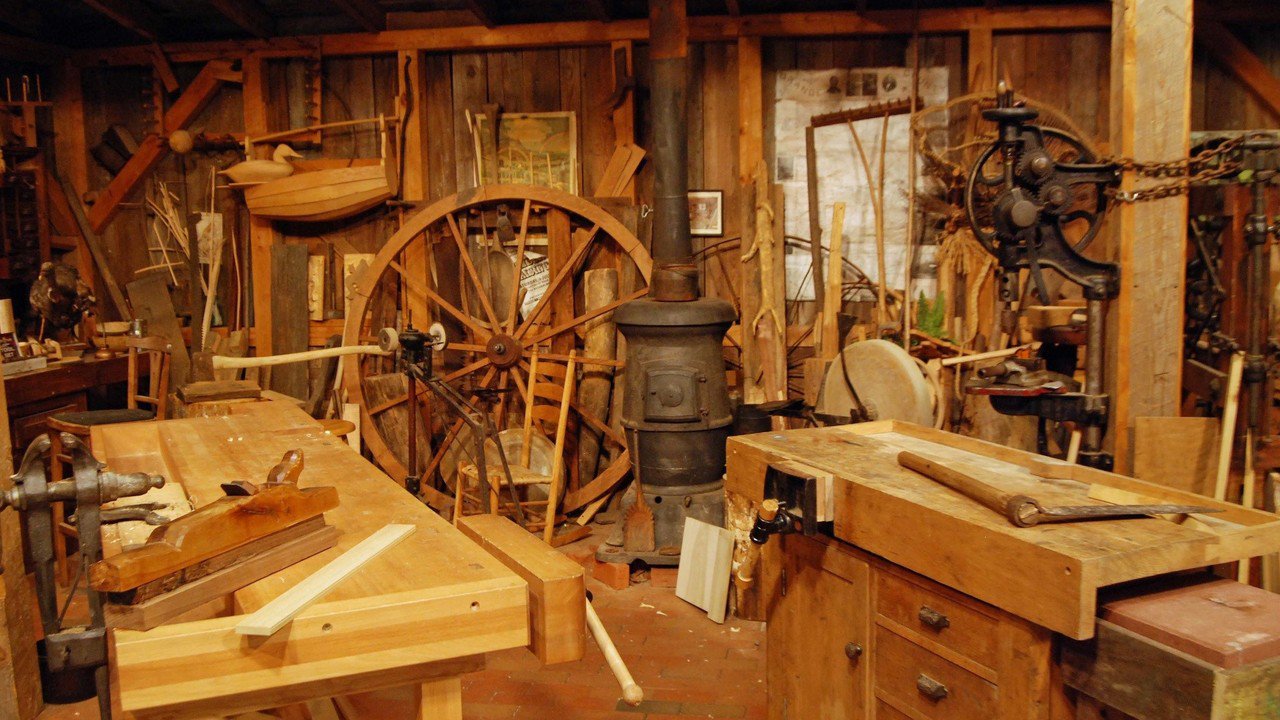
The Woodwright's Shop is a traditional woodworking show hosted by Roy Underhill on the Public Broadcasting Service in the United States. It is one of the longest running "how to" shows on PBS. Since its debut in 1979, the show has aired over 400 episodes. The first two seasons were broadcast only on public TV in North Carolina; the season numbering was restarted when the show went national in 1981. It is still filmed at the UNC-TV studios in Research Triangle Park, North Carolina.
Watch NowWith 30 Day Free Trial!
The Woodwright's Shop
1981 / TV-G
The Woodwright's Shop is a traditional woodworking show hosted by Roy Underhill on the Public Broadcasting Service in the United States. It is one of the longest running "how to" shows on PBS. Since its debut in 1979, the show has aired over 400 episodes. The first two seasons were broadcast only on public TV in North Carolina; the season numbering was restarted when the show went national in 1981. It is still filmed at the UNC-TV studios in Research Triangle Park, North Carolina.
Watch Trailer
The Woodwright's Shop Season 11 Full Episode Guide
Toshio Odate visits the shop to discuss and demonstrate Japanese woodworking tools, techniques and joinery.
Roy recreates stacking “book box” shelves built to Thomas Jefferson’s specifications, and still on display at Monticello.
Roy visits Monticello to look at some of the architectural creations and innovations of the former President..
Daughter Rachel joins Roy in the shop to make a marble track toy and Kick-Me machine.
Continuing the Williamsburg theme, Roy visits the woodworker’s shop to watch frame-and-panel shutters made
Roy visits Colonial Williamsburg to watch the creation of a set of hardware for window shutters.
This may not be the four-poster bed you’re thinking of, as Roy builds a rustic version from rough, red cedar logs
Roy welcomes a bowyer and a fletcher to the shop to make a woodland Indian’s bow and river cane arrows.
Eleanor Underhill joins Dad in the shop to turn a painted candle stand.
Roy creates a traditional dough bowl from tulip poplar.
(Part 3) — Work on the rocker is completed with the creation of the rockers and adding a hickory bark seat.
(Part 2) — Work on the rocker continues; shaping the tenons, boring the mortises and creating the splats.
(Part 1) — Roy starts a classic post-and-rung rocking chair using traditional greenwood techniques.
Free Trial Channels
Seasons


